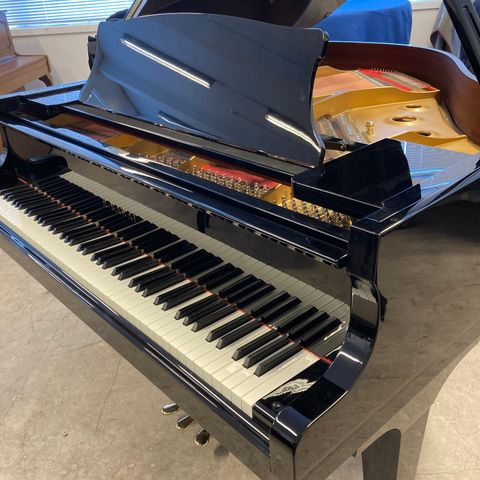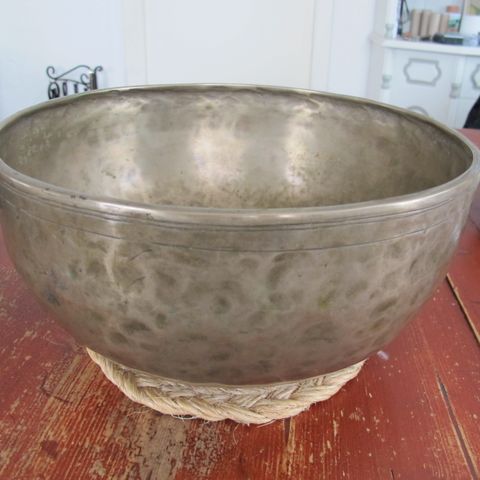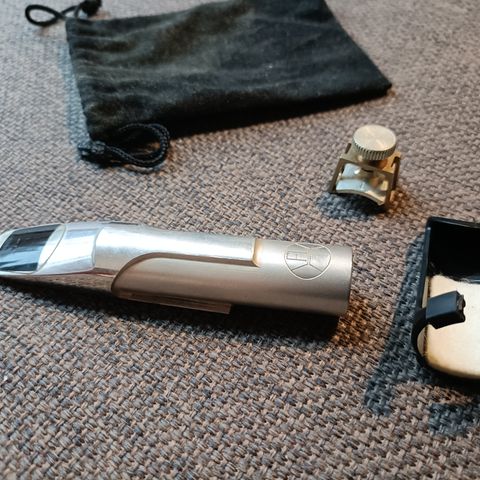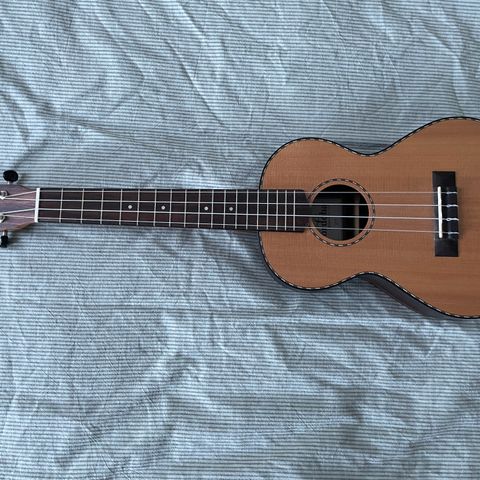Bildegalleri
Tibetan Singing Bowls. Metal. Har flere størrelser
Beskrivelse av varen
Tilstand: Helt ny - Uåpnet/med lapp
Makes beautiful sound.
Velkommen å hente med avtale i Bergen sentrum bak Bryggen.
Nikolaikirkeallmenning 4, 5003 Bergen. (Svart-rød hus)
Mobil: 98008760
Jeg sender ikke singing bowls, det kunne blir ødelakt i post pakke.
Må hentes i Bergen.
Vennligst ser andre annonser under min Finn profil.
I have few more smaller singing bowls for about 998-1888kr.
Stick cost extra from 98kr. to 198kr. each, depending on model.
Singing bowls (also known as Tibetan Singing Bowls, rin gongs, Himalayan bowls or suzu gongs) are a type of bell, specifically classified as a standing bell. Rather than hanging inverted or attached to a handle, singing bowls sit with the bottom surface resting, and the rim vibrates to produce sound characterized by a fundamental frequency (first harmonic) and usually two audible harmonic overtones (second and third harmonic).
Singing bowls are used worldwide for meditation, music, relaxation, and personal well-being. Singing bowls were historically made throughout Asia, especially Nepal, China and Japan. They are closely related to decorative bells made along the Silk Road from the Near East to Western Asia.
In some Buddhist practices, singing bowls are used as a signal to begin and end periods of silent meditation. Some practitioners (for example, Chinese Buddhists) use the singing bowl to accompany the wooden fish during chanting, striking it when a particular phrase is chanted. In Japan and Vietnam, singing bowls are similarly used during chanting and may also mark the passage of time or signal a change in activity, for example changing from sitting to walking meditation. In Japan, singing bowls are used in traditional funeral rites and ancestor worship. Every Japanese temple holds a singing bowl. Singing bowls are found on altars and in meditation rooms worldwide.
There aren't any traditional texts about singing bowls so far as we know. All known references to them are strictly modern. However, a few pieces of art dating from several centuries ago depict singing bowls in detail, including Tibetan paintings and statues. Some Tibetan rinpoches and monks use singing bowls in monasteries and meditation centers today. Singing bowls from at least the 15th century are found in private collections.[citation needed] Bronze bells from Asia have been discovered as early as the 8th–10th century BC and singing bowls are thought to go back in the Himalayas to the 10th–12th century AD.
Singing bowls are played by striking the rim with a padded mallet. They can also be played by the friction of rubbing a wooden, plastic, or leather-wrapped mallet around the rim to emphasize the overtones and a continuous 'singing' sound.
Antique and new bowls are widely used as an aid to meditation. They are also used in yoga, music therapy, sound healing, religious services, performance, and for personal enjoyment.
Du må være logget inn for å se brukerprofiler og sende meldinger.
Logg innAnnonsens metadata
Sist endret: 12.12.2024, 18:46 ・ FINN-kode: 107480783
Mer som dette
168 000 kr
























